Training
The Microsoft MB-300 Exam: Insights from October 2020 Changes
In the IT Industry, you must have heard a lot of times about candidates failing the Microsoft MB-300 Exam. Even though people may have basic knowledge, they still end up crashing.
Ever wondered why exactly this happens?
There’s no essential feature for a business other than having employees with Microsoft Dynamics 365 certifications on the payroll. Consequently, this post is directed at companies and professionals. Further, it is also directed at those who know that developing real skills is a must to achieve successful preparation today.Good training is needed to achieve our objectives. Because of our belief in it, the suggestions we give are based on this approach; for you to achieve a great Microsoft MB-300 exam preparation guide. For this, we have listed a group of insights to prepare your company for the Microsoft MB-300 exam.
These insights have been compiled through our experience as consultants, and through continuous and constant research. In addition, the application of this research in our own professional practice has given us great results.
It is fairly important to emphasize that all candidates have the opportunity to start their paths by training in Microsoft Dynamics 365 fundamentals. For companies, it is essential for you to be certified, as companies want to see positive and tangible results through their employees. Taking into account all these reasons, candidates must start training now if they are looking forward to passing the Microsoft MB-300 Exam Certification.
Ideas to Consider in MB-300 Exam Insights:
This post will be addressing the following topics:
- What is Exam MB-300: Microsoft Dynamics 365 Core Finance and Operations?
- How many MB-300 exam insights are for businesses and professional candidates?
- What type of training is available for MB-300?
- What benefits can the candidate get for MB-300 Preparation?
- Take-away from the MB-300 exam 2020 update
What is Exam MB-300: Microsoft Dynamics 365 Core Finance and Operations?
To begin with, the Exam MB-300: Microsoft Dynamics 365 Core Finance and Operations is a new role-based certification. Firstly, it tests the candidates’ ability to use current deployment instruments and functionality; how they configure the process, validate and support the solution, perform data migration, options and security. Secondly, the MB-300 is a required Microsoft exam, just like the MB-500; to earn the Microsoft Certified: Dynamics 365: Finance and Operations Apps Developer Associate certification.
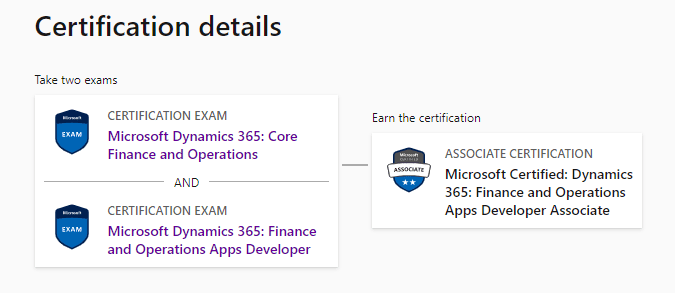
MB-300 Exam Tips to Prepare for the Microsoft Dynamics Core Finance and Operations Certification:
As a matter of fact, your workforce needs to begin with training to get certified. For candidates to learn how to develop their skills, we leave this learning path link here for basic instruction. Your business can include it in the learning plan, and conceive these MB-300 exam tips for your employee’s new journey.
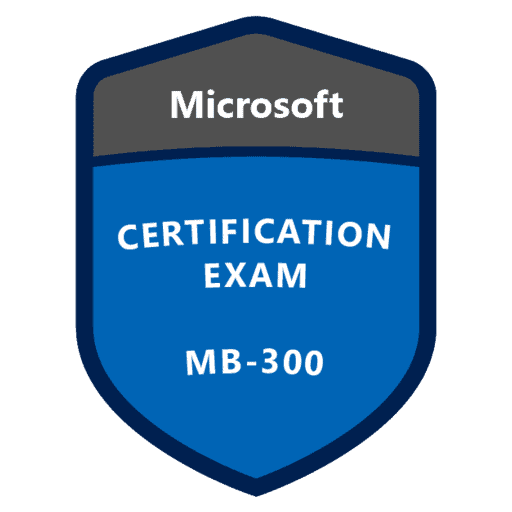
So, to earn this certification:
- Firstly, one must be qualified to manage and analyse business requirements
- Secondly, have the ability to translate data into business solutions from end-to-end
- Thirdly, lead the business’ goals towards organization, implementation and configuration applications
- Moreover, one must understand the Finance and Operations applications’ standard features
- In addition, one has to control the integration of financial and operations applications with external systems and tools, including Power Platform
- Similarly, command application lifecycles and native Microsoft tools through Lifecycle Services (LCS)
- Lastly, possess the Finance and Operations application know-how; including finance and manufacturing, and supply chain management
What MB-300 exam insights are for businesses and professional candidates?
To start off with, our years of experience has taught us to follow Microsoft authority guidance.
As a result, we identified that in October 2020, Microsoft updated the MB-300 exam. Candidates are, therefore, required to base their study program based on these changes.
Certainly, companies and candidates can achieve their goals by referencing the Microsoft MB-300 exam skill list. In other words, consider this as a trail: previously verified, which provides information that should be studied.
To sum up, candidates will be prepared for other certifications once they have covered all these topics.
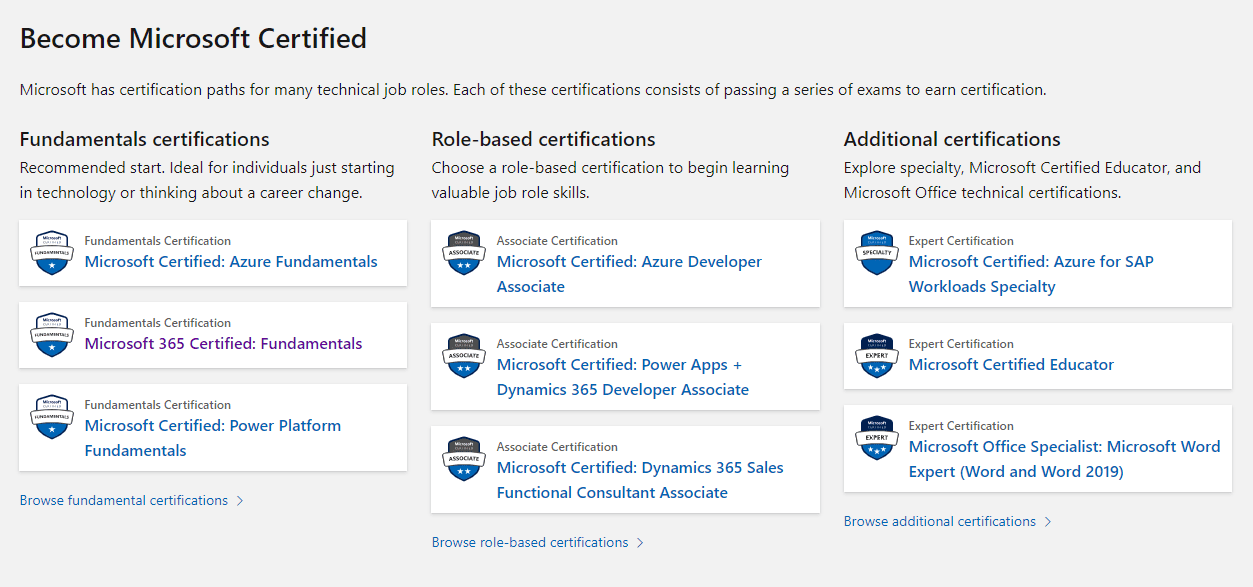
For example, the MB-300 exam was composed of 4 groups and 11 sections; each one with some specifics objective. Although the new version maintains the same structure; some sections are mixed and the topics assessed in each objective have changed. Furthermore, the percentages in each group show changes in the relative weight of each subject area of the exam.
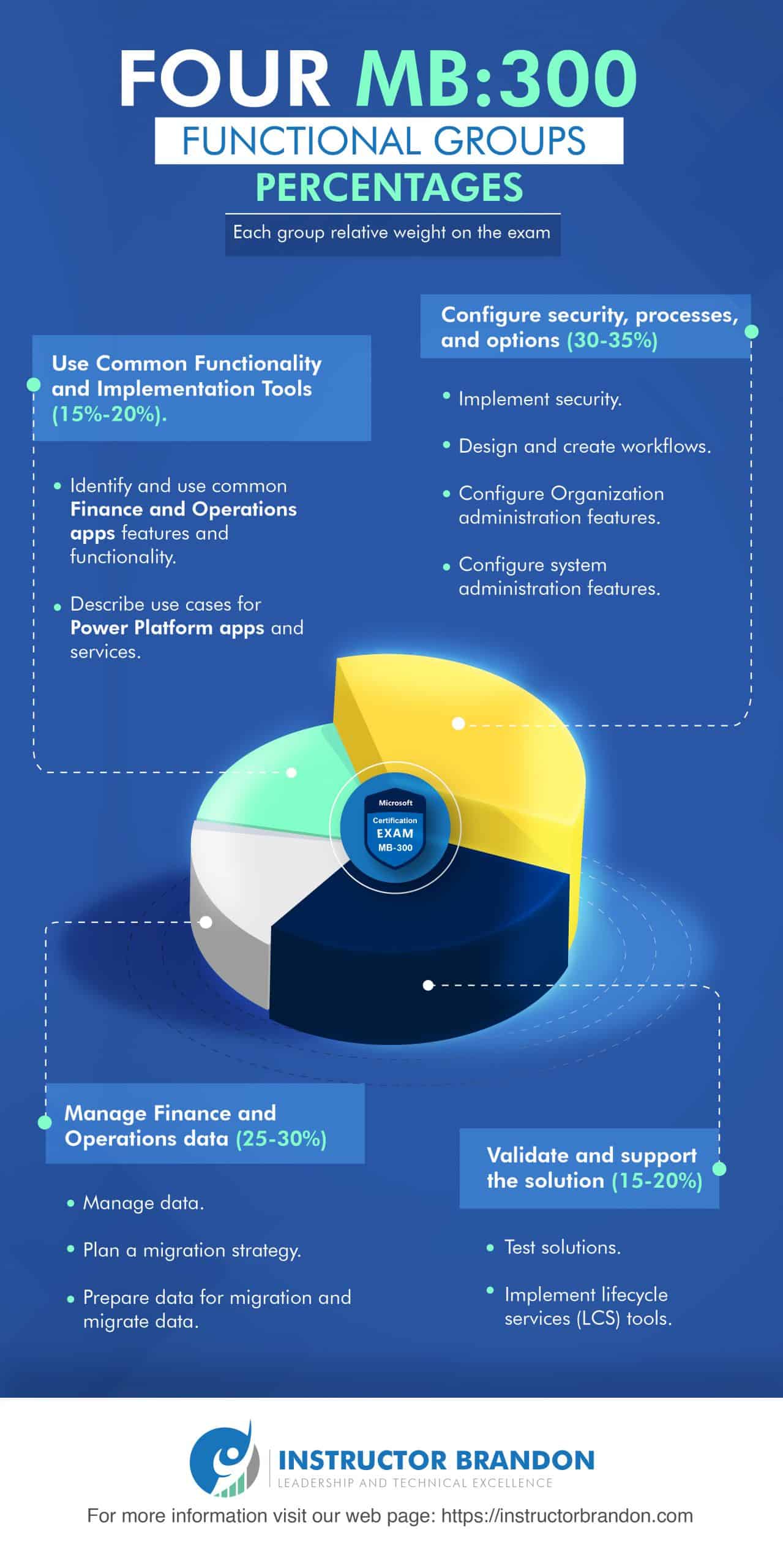
1. Use Common Functionality and Implementation Tools (15%-20%)
Identify and use common Finance and Operations apps features and functionality
- Describe use cases for and capabilities of work spaces
- Portray case management
- Explain global address book features and their use cases
- Identify inquiry and report types available in a default installation
- Describe use cases for the Business Document Management and electronic reporting features
- Perform common actions including performing searches, saving queries, creating and using record templates; creating filters
Describe Use Cases for Power Platform apps and services
- Identify use cases for Common Data Service
- Recognize use cases for Power Apps
- Detect use cases for Power Automate
- Catalog use cases for Power BI
- Identify use cases for Power Virtual Agents
- Differentiate between pinned and embedded Power BI reports
2. Configure security, processes and options (30-35%)
Implement security
- Distinguish between roles, duties, privileges and permissions
- Assign users to security roles based on given scenarios
- Describe segregation of duties
Design and create workflows
- Describe use cases for workflows
- Design and create workflows
- Configure workflow properties and elements
- Shape queues, workflow assignment hierarchies and workflow parameters
- Troubleshoot workflows
- Manage workflow versions
- Use Power Automate to extend workflows
Configure Organization administration features
- Set up and configure legal entities and operating units
- Configure and troubleshoot number sequences
- Import or create all necessary startup data including postal code data, customers, vendors and products
- Create organization hierarchies
- Describe and apply user options including time zones, language and email settings
- Configure document handling for attachments
- Then, shape up print management and form setup features
Configure system administration features
- Describe use cases for the Microsoft Excel Workbook Designer and the Microsoft Dynamics Office add-in
- Configure email (SMTP/Exchange)
- Create and maintain email templates
- Integrate Power BI with Entity store
- Create, export, import personalization and publish saved views
- Set up and monitor batch jobs and alerts
3. Manage Finance and Operations data (25-30%)
Manage data
- Describe use cases for the Data Management workspace and templates
- Report use cases for and types of data entities
- Copy configuration data between companies or legal entities by using the Data Management framework
- Describe use cases for the Dual Write feature
Plan a migration strategy
- Identify common migration scenarios and tools in Finance and Operations apps
- Determine the scope of migration
- Identify relevant data entities and elements based on given scenarios
- Establish migration strategy processes including migration scope
Prepare data for migration and migrate data
- Identify and extract source data
- Generate field mapping between source and target data structures
- Import or export data by using the Data Management framework
- Support the transition between the existing and migrated systems
- Perform a test migration and validate the output from the process
- Implement data task automation
4. Validate and support the solution (15-20%)
Test solutions
- Describe the testing types of tools
- Automate and manage test cases by using the Regression Suite Automation Tool (RSAT)
- Create test scripts by using Task Recorder and upload scripts to BPM or Azure DevOps
Implement Lifecycle Services (LCS) tools
- Differentiate between LCS roles including Owner and Environment Manager
- Identify opportunities to re-use existing assets
- Analyze Business Process Modeler (BPM) results and identify gaps in functionality
- Create an acceptance testing BPM library and analyze results
- Describe the types of environments including sandbox, test and production
- Execute the LCS tools including Issue Search and analyze results
- Implement performance monitoring
- Use LCS tools to identify, report and resolve issues
- Manage Dynamics 365 One Version

Highlights of the MB-300 exam changes:
For instance, Microsoft changes in the MB-300 exam expand through almost all the points; but it will be beneficial for the candidate to study them from scratch and not compare them with those before the update.
However, we consider it necessary to review these changes and examine some of the most noticeable examples.
MB-300 Core
The changes that need to be considered:
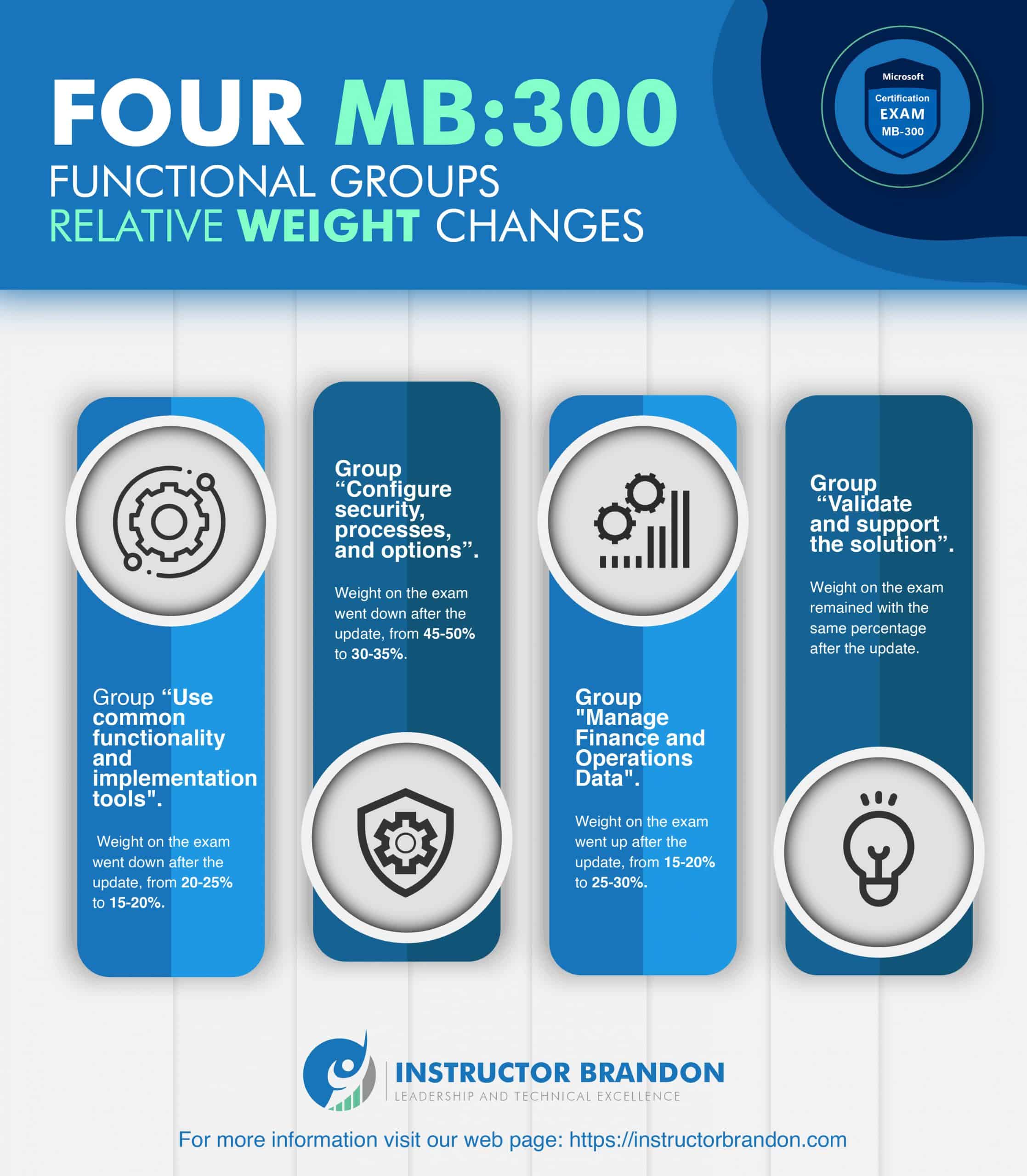
Because the weight of each functional set was adjusted and its composition was modified:
- The functional group “Use common functionality and implementation tools “ exam weight went down from 20-25% to 15-20%
- Also, the group “Configure security, processes, and options” exam weight went down from 45-50% to 30-35%
- Additionally, renamed “Manage Finance and Operations Data”, went from 15-20% weight exam to 25-30%. Also, added a section called “Manage data”
- Finally, “Validate and support the solution” didn’t have any variations on its exam weight. However, his content changed drastically
Also, the topics not present from the previous version were:
- Perform user acceptance testing (UAT)
- Build test scripts to test business functionality
- Demonstrate the correlation between test scripts and business requirements
- Monitor validation test progress and make ad hoc changes during validation testing to correct identified issues
- Perform a solution gap analysis
Still, the only topic that remains in this section:
- Use LCS tools to identify, report, and resolve issues.
What kind of training is available for MB-300?
For instance, even with a clear idea of the skills required, the next step should be to grasp a learning path to develop accordingly.
Meanwhile, Microsoft has published information containing basic good practices to prepare for the MB-300 exam on the “Free Learning Path”.
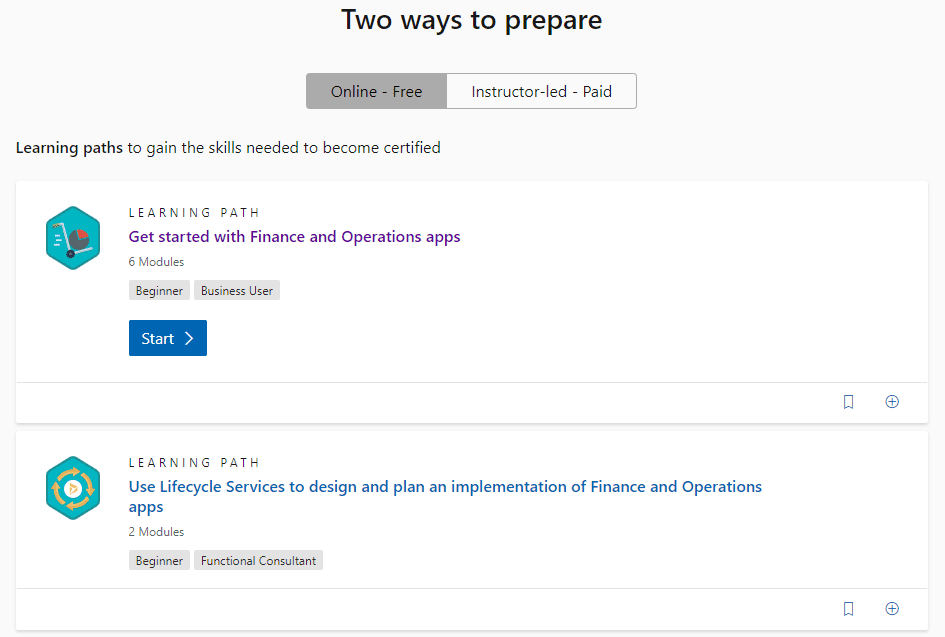
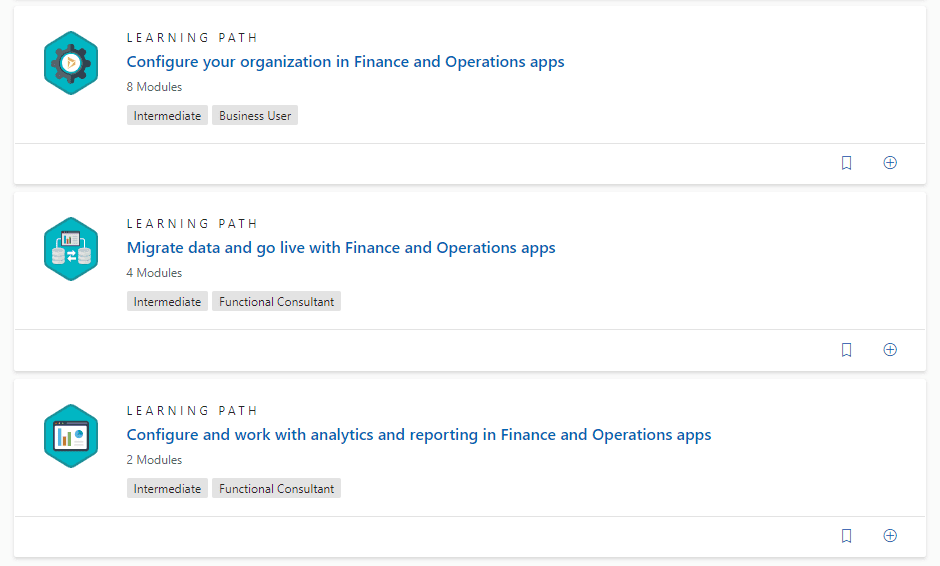
So this is an option for those who are just starting. In fact, it has all the basic material and you only need to invest time and effort. However, is necessary to gain hands-on experience in various processes and to chart the path to more advanced topics.
Most importantly, Instructor-led training and access to a real lab environment will be helpful. Indeed, only with this, practical and extensive knowledge can be obtained.
Some candidates with Dynamics 365 training may feel the need to step up their skills and have a stronger grasp, but they might feel unable to enhance the learning process even with all the free resources available online. Certainly, opting for an instructor-led online training course to get advanced features will be beneficial. It is necessary to choose a course with 24/7 access to learning material. To sum up, an online course that offers instructor-led training is a must. As a result, this means that an actual professional for guidance with access to a real lab environment to practice is ideal.
Take-away from the MB-300 exam 2020 changes:
Preparing for the MB-300 exam is a full-time challenge. Therefore, it requires dedication and hard work; In other words, the courses are extensive, and getting certified is not simple.
Interestingly, being in the IT industry since a few years makes you realize that professionals around the world are looking for new skills to level up their careers.
However, each candidate has the opportunity to hone their skills only if they develop a proper approach. Above all, to overcome any fear and prepare to face the challenge of the MB-300 you have to work smart. In conclusion, Microsoft Dynamics certifications are some of the most respected qualifications in the industry.
These certifications can give your team a competitive advantage; demonstrating a commitment to their careers and developing their skills.
Getting certified is a lifetime investment:
Getting Certified boosts credibility, gives you more opportunities, helps transform your company and builds your authority profile. Secondly, we believe that everyone should have the latest and most updated learning experience, and at Instructor Brandon we understand the Microsoft Dynamics 365 benefits for companies and professionals. Here we believe that quality guidance is always needed, especially when it comes to practical and a real-world based experience. Businesses and candidates can grasp unique systems and become great at their craft this way. So, whether you’re looking to develop your career, increase your knowledge or your team’s skills, this is the right way to start.
We hope you have found the information helpful and have decided to set out on your journey. If you wish to find more, and learn about other subjects in Microsoft Dynamics, contact us.
As always, we would be happy if you leave us a comment in the section below. Stay tuned for our next blog in the Microsoft Dynamics 365 Series.

 3240
3240 
